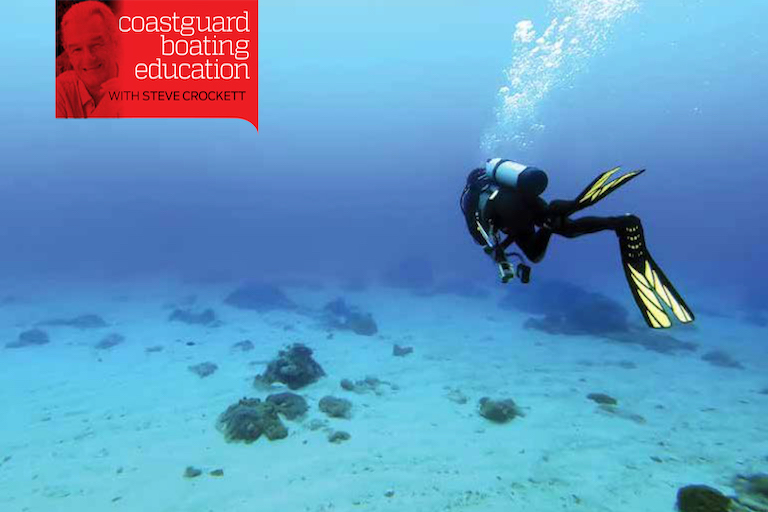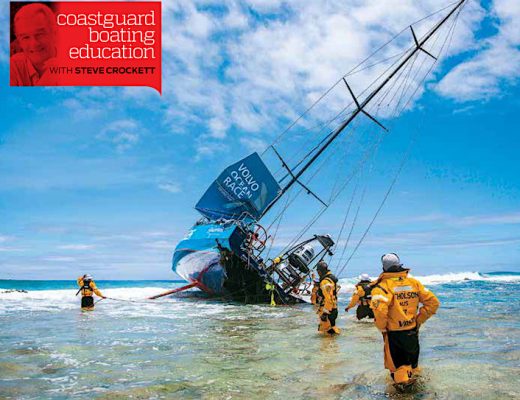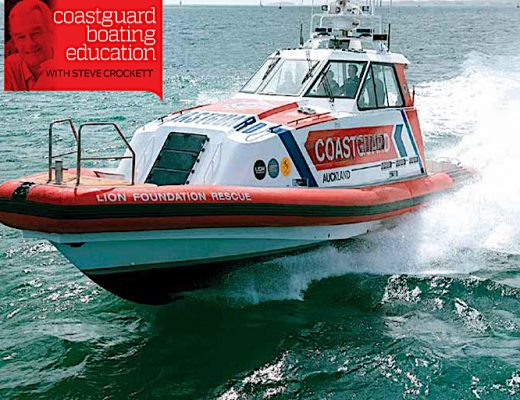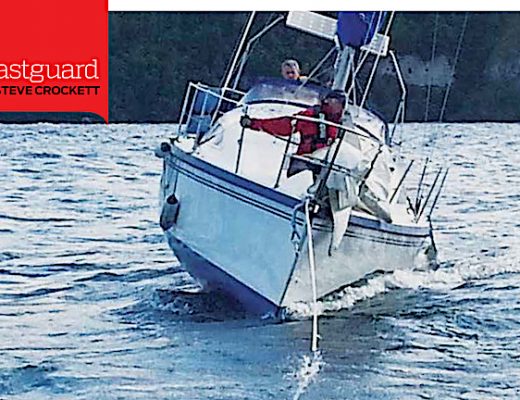SPEEDING NEAR DIVERS COULD LEAD TO MORE THAN A BROKEN NOSE.
I remember vividly the first time I broke my nose. It was summer and I was hurrying along the Esplanade, as usual running late for a meeting. The day was beautiful and the beach scenery was spectacular, to say the least. My 17-year-old attention was taken by a particularly attractive sight … and I walked straight into a power pole!
There was a sickening crunch, followed by a momentary black out. When I came to my senses I was sitting on the footpath bleeding profusely from a very crooked nose.
What does this have to do with boating, you may ask? It has to do with maintaining a safe speed, keeping a proper 360-degree lookout, and understanding your obligations within 200 metres of a shoreline or a vessel that’s displaying Dive Flag Alpha.
The international regulations do not tell you at what speed you must travel, they simply say that all vessels shall travel at a safe speed”. To determine that speed a number of factors shall be taken into account, according to the regulations.
In New Zealand, however, we have a set of maritime rules which limit your speed in certain situations.
The rules say: No person may, without reasonable excuse, propel or navigate a vessel (including a vessel towing a person or an object) at a proper speed exceeding 5kt: (a) within 50 metres of any other vessel, raft, or person in the water; or (b) within 200 metres of the shore or of any structure; or (c) within 200 metres of any vessel or raft that is flying Flag A of the International Code of Signals (diver’s flag).
The rule does not say you must travel at 5kt, it says you must not exceed it! So you are permitted to travel at a much slower speed! Without a log or speedometer, how do you know what 5kt feels like? It is generally accepted that 5kt is approximately a fast walking pace. This brings me back to my collision with the power pole. I hit the pole at a fast walking pace and caused considerable pain and injury to myself (not to mention a severely bruised ego).
At a fast walking pace, or 5kt, I was travelling forward at 2.6 metres-per-second into an immovable object. The force of impact was around 180 Newtons. So, if your boat is travelling at 5kt within 200 metres of a vessel displaying the dive flag (which is allowed according to the rules) and a diver surfaces immediately in front of you, I would suggest there is a strong possibility of causing some serious injury to the diver, not only from the impact, but from the spinning propeller.
Likewise if the event were to occur within 200 metres of a shoreline, as many divers enter the water from the shore. It stands to reason that a safe speed in these circumstances would be much less than 5kt. How do you determine a distance of 200 metres? It’s two rugby fields. If your boat is five-metres long you would be able to fit 40 of them into 200 metres! 200 metres is much further than you imagine.
From a boatie’s perspective, you could say you are unable to avoid that which you cannot
see. However, it can just as easily be argued that you are navigating in an area in which it is known that there may be uncharted hazards (i.e. divers in the water) and that you have an obligation to avoid the area or, if unable to do so, to navigate with extreme caution.
Personally I prefer keep well clear of any area in which divers are operating. If I do need to enter the area I adopt the principles of navigating in restricted visibility; slow to bare steerage way, maintain a continuous all-round lookout, prepare to stop if necessary, and navigate with extreme caution until the danger passes.
Just as we are unable to see a diver underwater, they also have difficulty in knowing where we are. They can hear us, but not see us.
Wouldn’t it be nice if the divers could deploy a float or a safety sausage prior to surfacing? At least boaties would know where the divers are and could take action to avoid.
It’s just a thought





No Comments